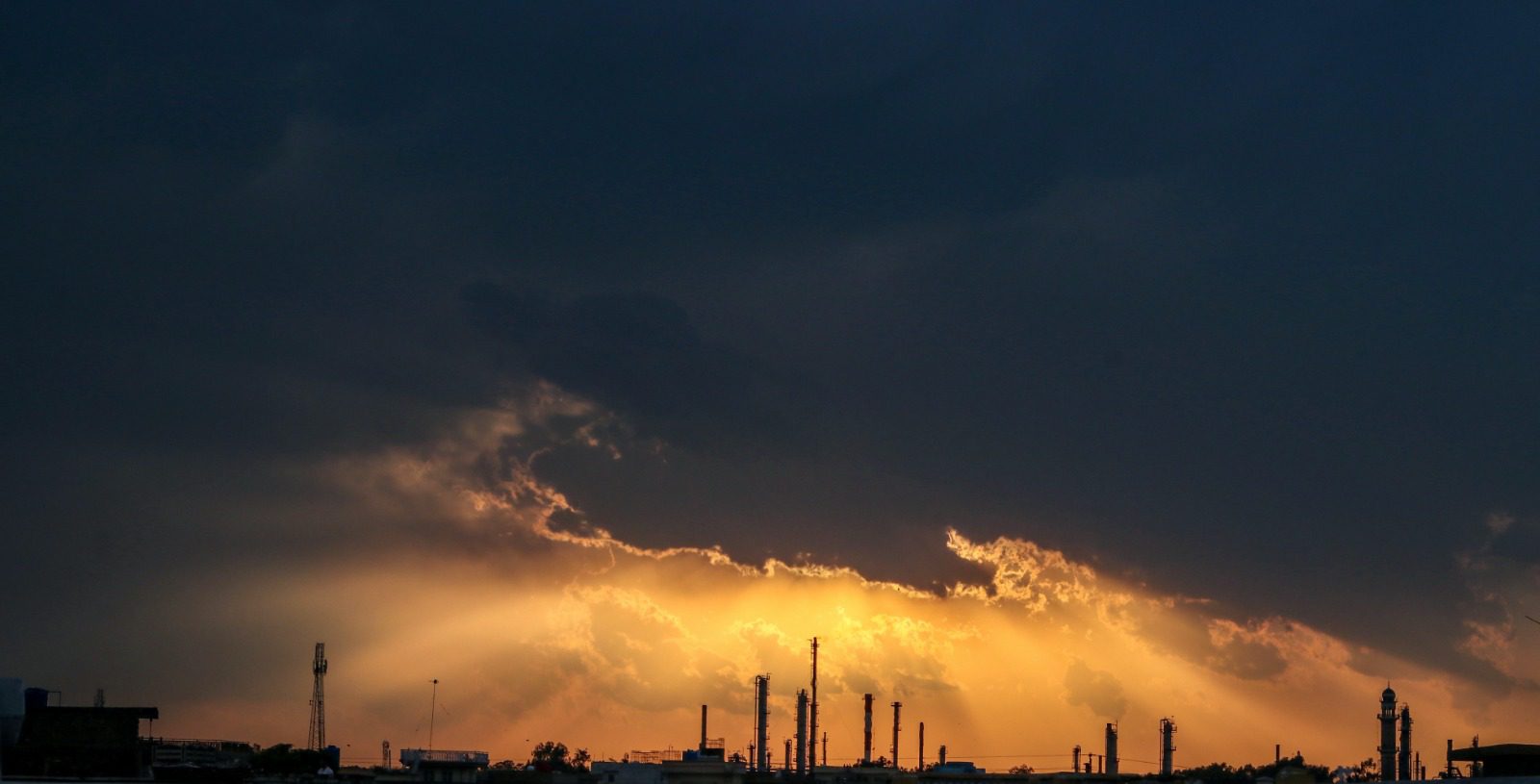
The phase-in period of Europe’s new Carbon Border Adjustment Mechanism (CBAM) law begins October 1st. Starting on this date, companies exporting cement, fertilisers, electricity, hydrogen, aluminium, iron, and steel to the EU will need to track and report information about the greenhouse gases associated with the production of these goods.
Importers of these goods will be required to submit the first emissions reports to the new “CBAM Transitional Registry” by January 31st, 2024. To make the process as smooth as possible, here are five actions companies can take to prepare right now.
1. Understand CBAM reporting obligations.
As a manufacturer, your responsibility is to provide timely, accurate emissions information to importers, who are ultimately responsible for reporting it to the EU authorities.
Because there is limited time to ensure compliance with the new reporting obligations, plant operators have the flexibility to use information from their existing monitoring and reporting systems. Until the end of 2024, emissions calculations from the following sources are allowed:
- Mandatory monitoring and reporting systems associated with carbon pricing schemes
- Other mandatory monitoring and reporting systems
- Voluntary emissions monitoring with verification from an accredited verifier, for example as part of an emissions reduction project
Operators will also have some flexibility in reporting the emissions from production steps that do not contribute significantly to emissions. For example, processing steel and aluminium into screws, bolts, or rivets. Plants whose production steps represent <20% of the total emissions from the production of the good can report estimated values of their emissions, rather than calculating them directly.

2. Know what information to include.
The process of monitoring and calculating emissions is complex. Getting familiar with the information you need to keep track of can help. CBAM reports must include the following:
-
Geographic information
Including the country of origin, company name, and address & coordinates of the production facility.
-
Installation information
Including the UN Code for Trade and Transport Location of the production facility. Steel producers also need to include the steel mill identification number.
-
Production information
Including the fuels used for combustion and the chemical reactions or transformations in the production process that contribute to emissions. A detailed list of the applicable technologies and production processes for each sector can be found in Annex II, Section 3 of the CBAM Implementing Regulation.
-
The good’s embedded direct/Scope 1 emissions
Expressed as CO2e per tonne of goods produced. This number is calculated based on the direct emissions at the production site that can be attributed to the production of that good. It includes emissions from fuel combustion and from heat and material flows. Further information on direct embedded emissions calculation, and on emissions monitoring rules for production sites, is available in Annex III of the Regulation.
-
Data source and methodology
For the calculation of embedded emissions
-
Other carbon prices paid, if applicable
Cement and fertiliser producers are also required to report on their indirect, or Scope 2, emissions under the Carbon Border Adjustment Mechanism. CBAM reports for these products should include the following additional information:
-
Electricity consumption
Expressed in megawatt hours, of the production process per tonne of goods produced.
-
Emissions factor of the electricity consumed
This can be calculated using actual emissions data or by using the default country values based on data from the International Energy Agency, that will be published the CBAM Transitional Registry.
-
The good’s embedded indirect/Scope 2 emissions
Expressed as CO2e per tonne of goods produced. This number is calculated based on the emissions from the production site’s electricity use that can be attributed to the production of that good. Further calculation information for electricity-related emissions is available in Annex III, Section D.

3. Prioritize measurement and monitoring.
As mentioned above, plant operators have the flexibility to use data from existing monitoring operations in their CBAM reports until the end of 2024. Starting January 1, 2025, operators must use one of the following methods to determine emissions:
-
The calculation method:
Uses intermittent measurement data from the plant, combined with calculations of the emissions rate for each part of the production process. These calculations can be based on laboratory analyses or standard values for the fuels and chemical reactions involved in production. Standard emissions factor values can be found in Annex VIII.
-
The measurement method:
This method uses continuous measurement of greenhouse gas concentrations in the flue gas to determine emissions.
More details on the EU‘s methodology will be developed and published in 2024, based on information gathered during the transitional phase. In the meantime, companies can prepare by setting up robust measurement systems at production sites and by ensuring that they have sufficient resources for analysis.
4. Remember to include carbon prices your company is already paying.
The Carbon Border Adjustment Mechanism is specifically designed to avoid double penalties for emissions. This means that companies producing CBAM goods in a region that uses a carbon pricing system can deduct the costs they’ve already paid.
While companies do not have to start paying CBAM levies until 2026, during the transitional period they will need to start reporting information about the climate pricing they pay outside the EU. This information includes the country where the climate price is due, the type of carbon pricing system, the monetary amount converted into Euros, and the quantity of emissions covered, along with information about rebates and free allocations given.
The exchange rate for the conversion into Euros is based on the average of the previous year, as published by the European Central Bank.
5. Be aware of the penalties.
EU member states can apply penalties to companies who do not submit CBAM reports, and in situations where a report is incorrect or incomplete and the company does not take steps to correct it after being notified.
Fines can range between 10 and 50 Euros per tonne of unreported emissions and will be adjusted over time for inflation. The actual amount of the penalty is determined based on the extent of unreported information, the quantity of unreported goods or emissions, and the company’s response and level of cooperation.
Conclusion for CBAM
The phase-in of the Carbon Border Adjustment Mechanism represents an opportunity for companies to take full stock of their emissions, and to begin securing cleaner technologies. This will not only contribute to a healthier climate in the long term, but also help businesses avoid large burdens under CBAM and become more competitive in the EU’s sustainability-focused market.
BECIS is a leading provider of distributed renewable energy solutions for commercial and industrial clients. We offer a range of services, including solar energy, bioenergy, cooling, waste heat recovery, and energy analytics, under an Energy as a Service model that saves Capex costs. Our tailored solutions help companies achieve their clean energy goals while maintaining productivity. Contact us to learn more about emissions-reduction solutions for your company.
For more blog posts and news : https://be-cis.com/news/





























Recent Comments